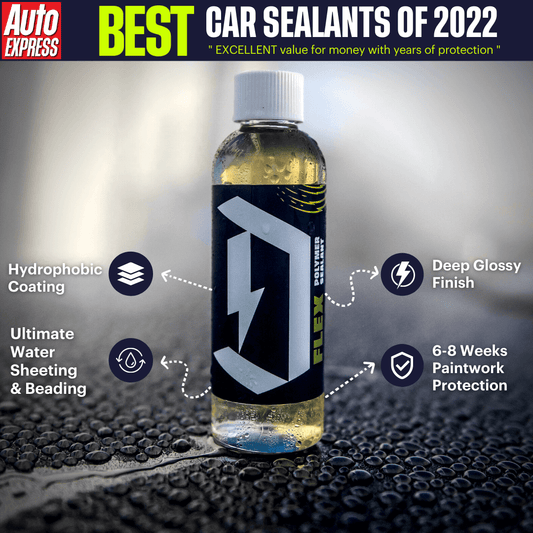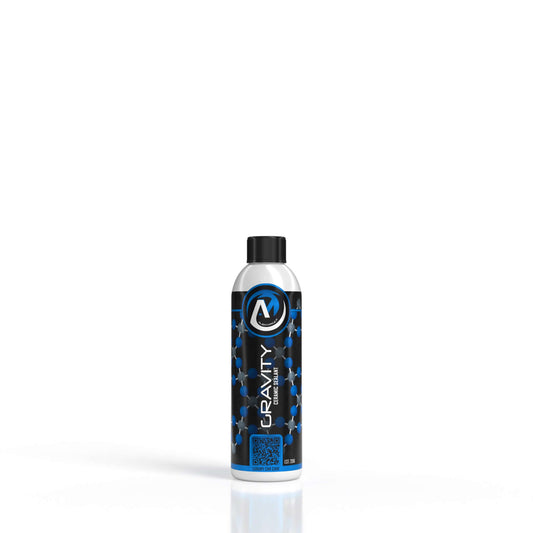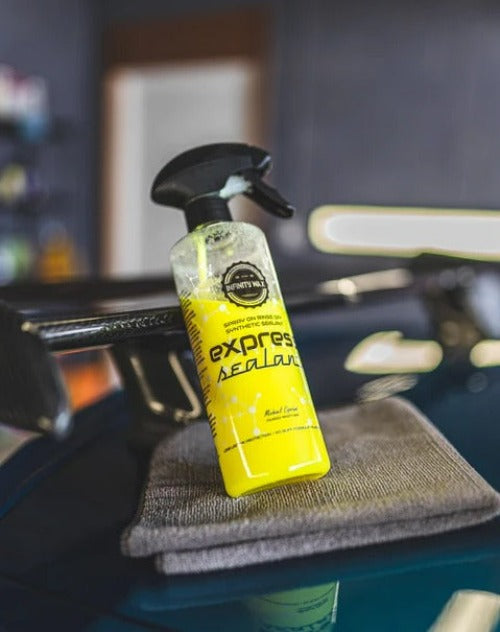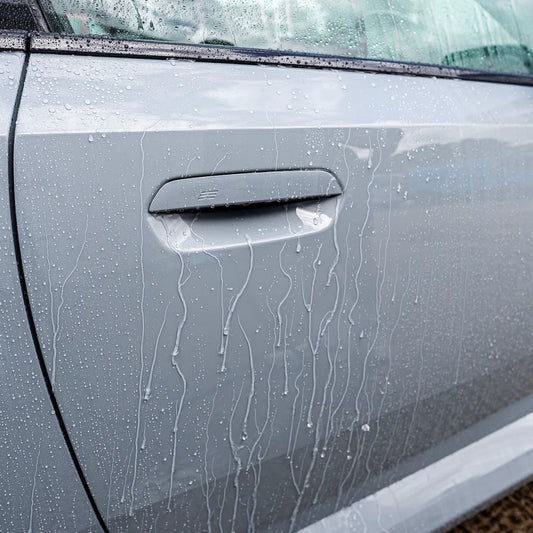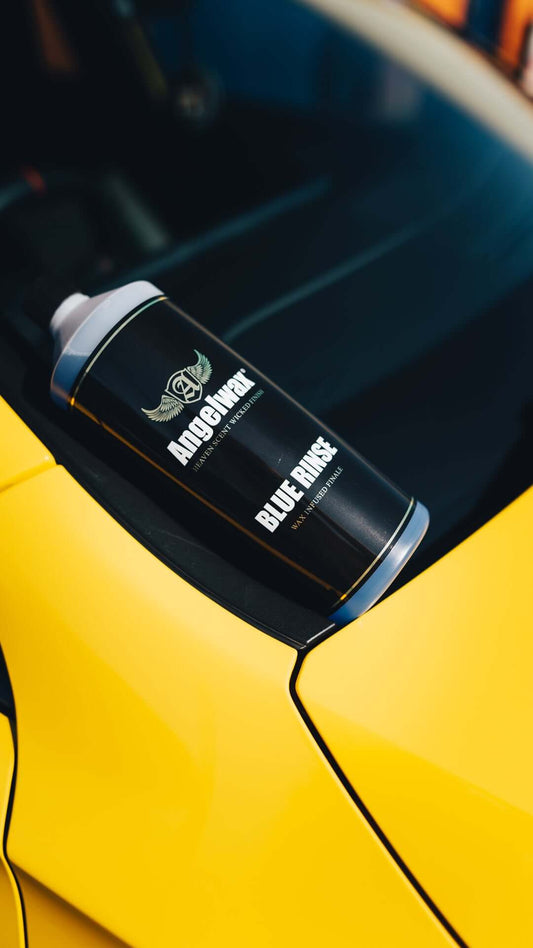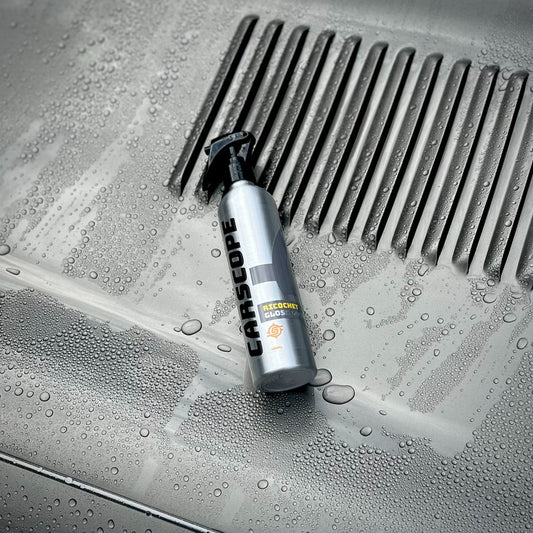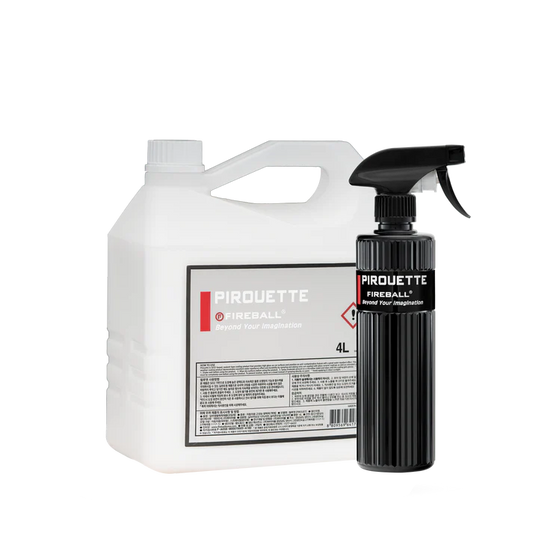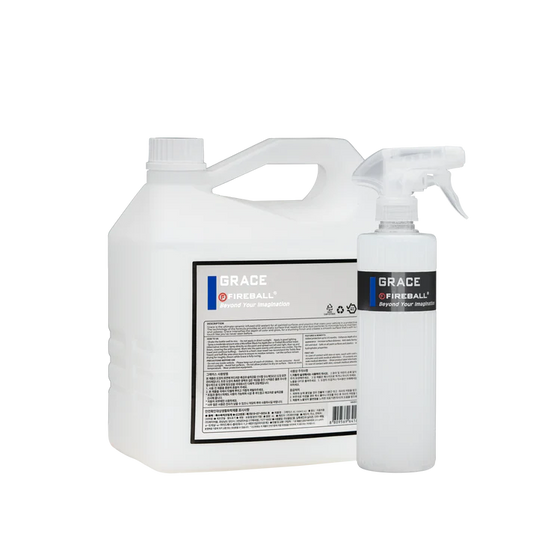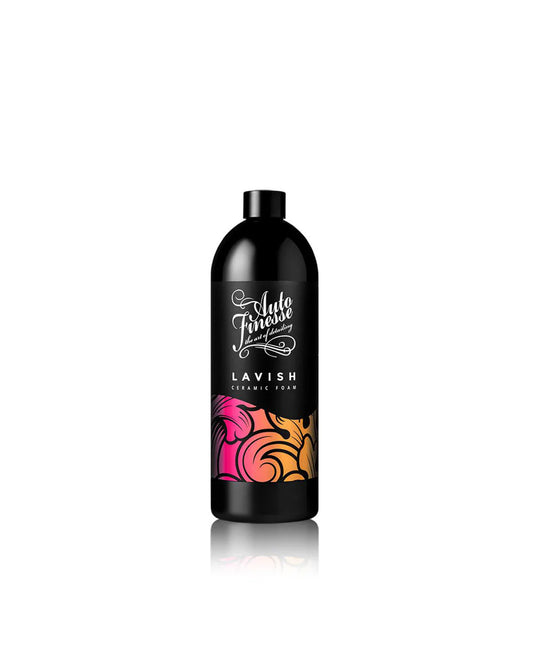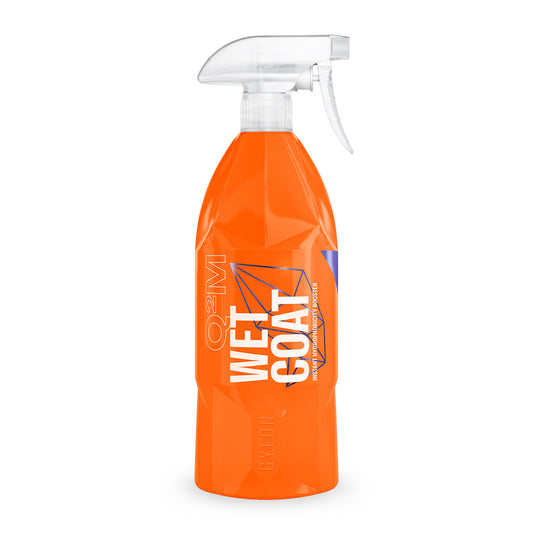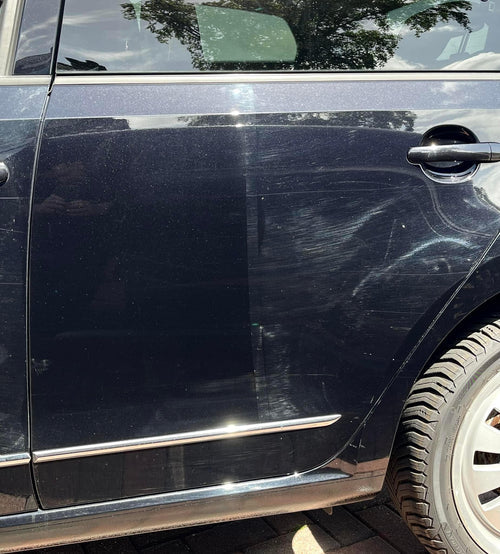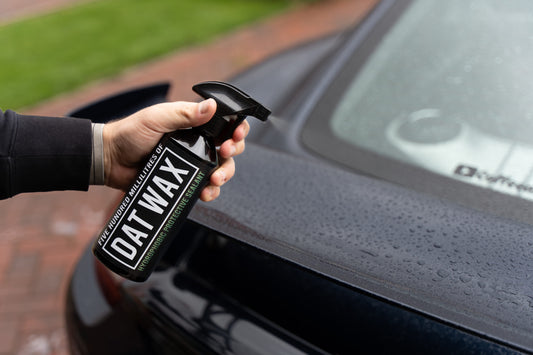-
Duel Autocare | Flex Polymer Spray Sealant 100ml
Regular price £15.95 GBPRegular priceUnit price per -
Alien Magic | Gravity Ceramic Sealant | Multiple Application Methods
Regular price From £10.95 GBPRegular priceUnit price per -
Sonax | Spray & Seal 750ml
Regular price £22.99 GBPRegular priceUnit price per -
Infinity Wax | Express Sealant 500ml
Regular price £9.99 GBPRegular priceUnit price per -
Infinity Wax | Synergy Boost Ceramic Sealant 250ml
Regular price £26.99 GBPRegular priceUnit price per -
Hydro | Seal Polymer Sealant
Regular price £14.99 GBPRegular priceUnit price per -
Angelwax | Blue Rinse Wax Infused Finale 1 Litre
Regular price £11.50 GBPRegular priceUnit price per -
Carscope | Ricochet Gloss Locker Paint Sealant
Regular price £30.00 GBPRegular priceUnit price per -
Fireball | Pirouette
Regular price From £18.00 GBPRegular priceUnit price per -
Fireball | Grace Si02 Sealant
Regular price From £18.00 GBPRegular priceUnit price per -
Auto Finesse | Lavish Ceramic Foam
Regular price From £11.95 GBPRegular priceUnit price per -
Gyeon | Wet Coat
Regular price From £15.00 GBPRegular priceUnit price per -
Squid Ink Detailing | Fortress SiO2 Sealant
Regular price £14.99 GBPRegular priceUnit price per -
Infinity Wax | Turbo6 SiO2 & Carnauba Sealant 250ml
Regular price £14.99 GBPRegular priceUnit price per -
VP | H20 Seal Ceramic Wet Sealant & Rinse Aid
Regular price From £8.95 GBPRegular priceUnit price per -
Dat Wax | Hydophobic Protective Sealant 500ml
Regular price £12.00 GBPRegular priceUnit price per
Paint sealants are protective coatings that are applied to a vehicle's paintwork to provide a durable and long-lasting barrier against environmental contaminants, UV rays, dirt, and other elements that can damage the paint. Unlike traditional car waxes, which are generally made from natural materials like carnauba wax, paint sealants are usually synthetic polymer-based products designed to offer superior protection and longevity. Here's what you need to know about paint sealants:
Benefits of Paint Sealants:
- Longevity: Paint sealants typically offer longer protection compared to traditional waxes. They can last several months to a year depending on the product and driving conditions.
- Durability: Paint sealants form a strong bond with the paint surface, providing resistance against elements such as UV rays, acid rain, bird droppings, and tree sap.
- Hydrophobic Properties: Many paint sealants have hydrophobic properties, which means they repel water effectively. This can make your car easier to clean and can help prevent water spots.
- Enhanced Gloss: While not as warm-looking as carnauba waxes, some modern paint sealants offer a high level of gloss and depth that enhances the appearance of the paint.
- Less Frequent Reapplication: Due to their longevity, you don't need to reapply paint sealants as often as traditional waxes, making them ideal for those who prefer less frequent maintenance.
Application of Paint Sealants:
- Prepare the Surface: Before applying a paint sealant, the vehicle's paint should be clean, dry, and free from contaminants. Wash and clay the car if necessary to remove embedded particles.
- Apply in Moderate Conditions: Ideally, apply paint sealant in a shaded and well-ventilated area. Avoid applying it under direct sunlight or in extremely hot conditions.
- Apply Sparingly: A little goes a long way with paint sealants. Apply a small amount of the product to an applicator pad or microfiber cloth and spread it evenly over the paintwork. Work panel by panel.
- Let It Cure: Most paint sealants require a curing or bonding period. This can vary depending on the product, so refer to the instructions on the product label. During this time, the sealant bonds with the paint.
- Buff Off Excess: After the curing period, use a clean and soft microfiber cloth to gently buff off any residue or excess sealant. This will reveal the protected and glossy surface.
- Avoid Water Exposure: Most paint sealants require some time to fully cure and bond with the paint. Avoid washing your car or exposing it to rain for the recommended curing time.
Maintenance:
While paint sealants offer extended protection, regular maintenance is still important. Wash your car regularly using a pH-balanced car wash shampoo to preserve the sealant's longevity. Avoid using abrasive products that can degrade the sealant layer.
Keep in mind that some paint sealants can be layered for increased protection and gloss, but always follow the manufacturer's recommendations regarding layering and reapplication intervals.
Choosing a reputable and high-quality paint sealant is key to achieving the desired protection and appearance for your vehicle's paint. Consider factors such as your driving conditions, the level of gloss you prefer, and the ease of application when selecting a paint sealant product.

